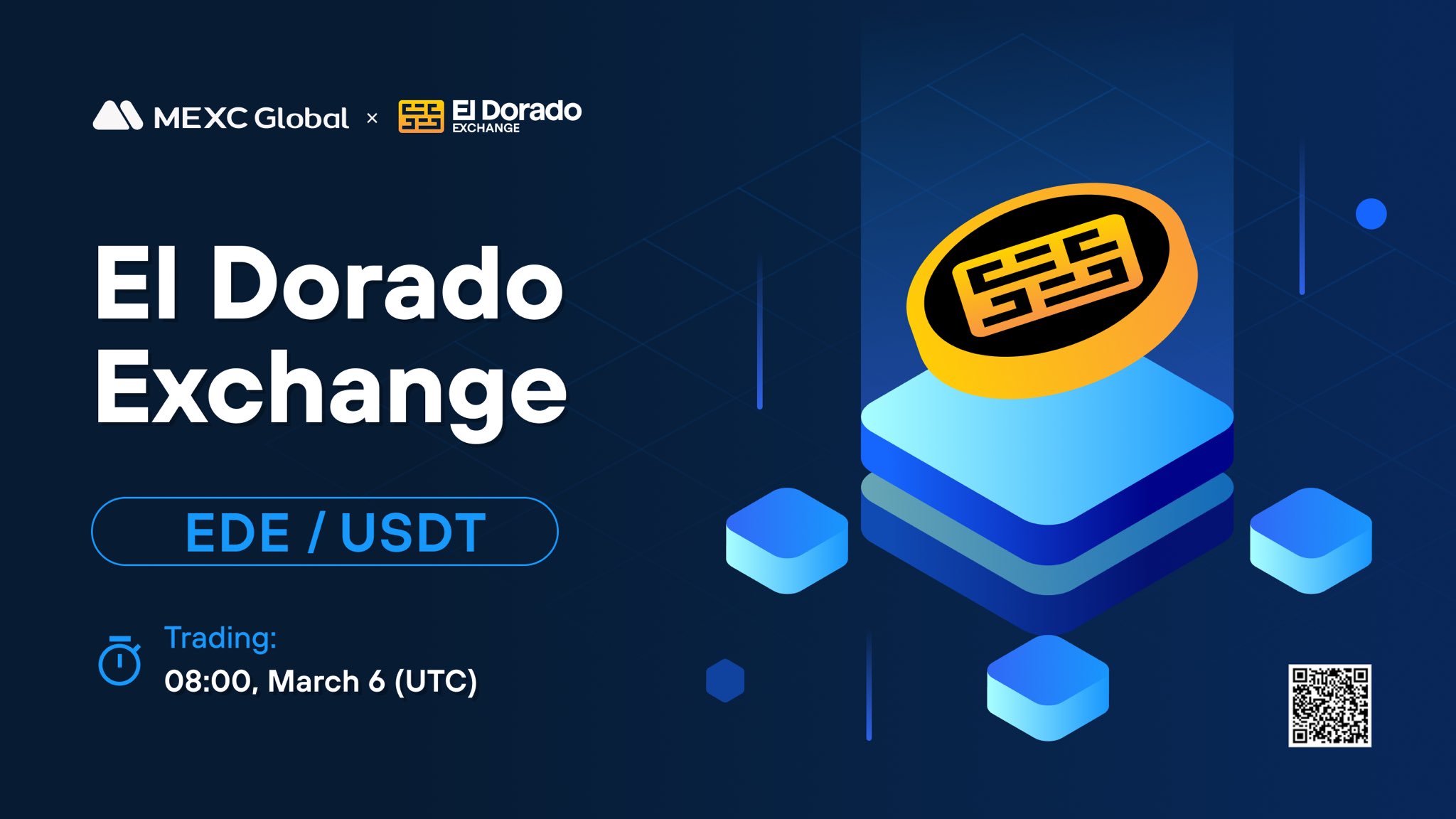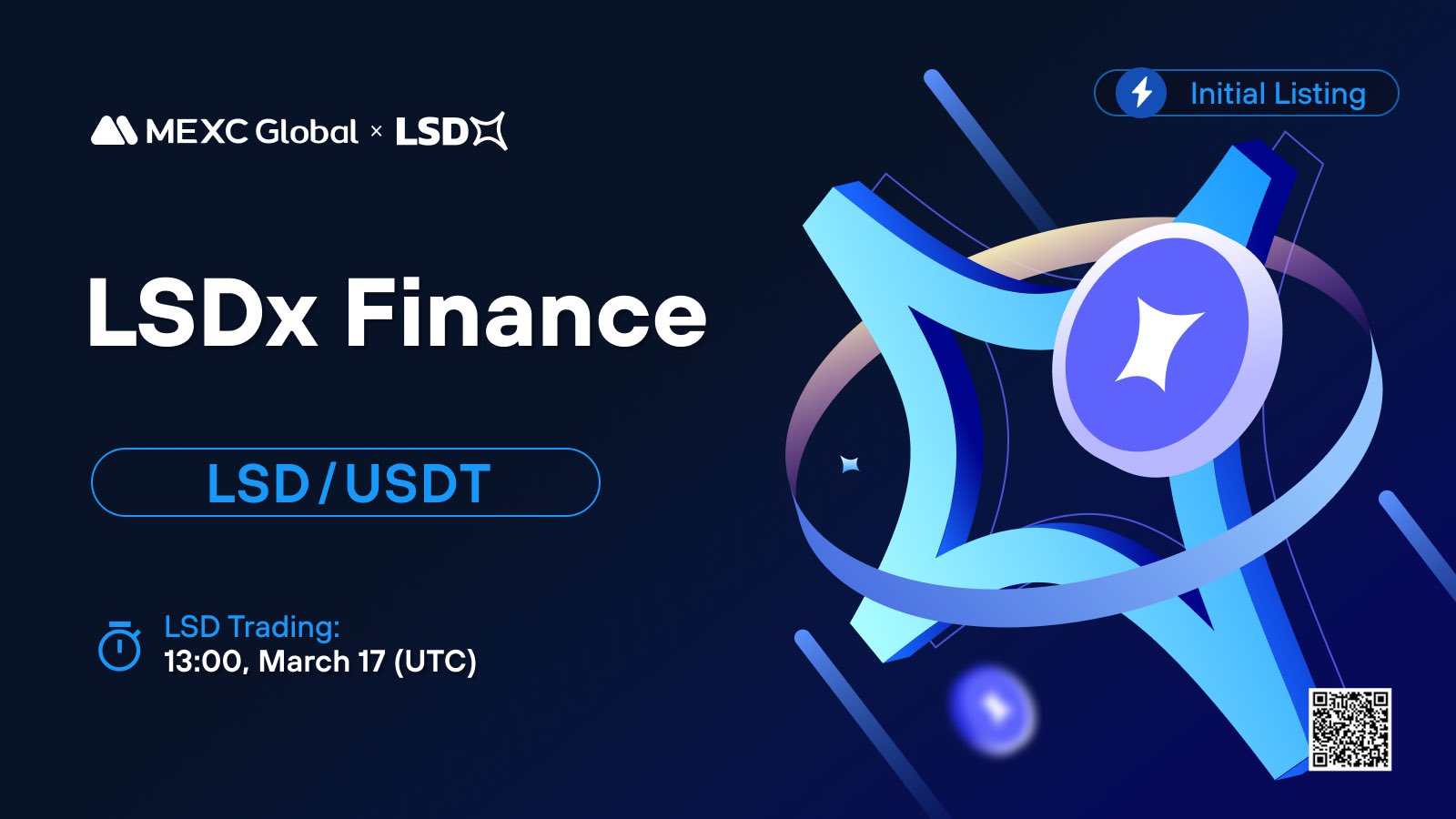Tether (USDT) is the world’s first stablecoin (a cryptocurrency that mimics the value of a fiat currency). It was originally released in 2014 under the name Realcoin by Bitcoin investor Brock Pierce, entrepreneur Reeve Collins, and software developer Craig Sellers.

Each Tether (USDT) issued is backed by one US dollar worth of assets. USDT was originally issued on the bitcoin protocol through the Omni Layer. Now, it has since then migrated to other blockchains as well. In fact, most of its supply exists on Ethereum as an ERC-20 token. It’s also issued on several other blockchains, including TRON, EOS, Algorand, Solana, and the OMG Network.
Tether has gone on to experience both successes and controversies. Especially in its early days, the price of USDT has been somewhat volatile, even reaching $1.2 at some point. However, the coin has experienced far less volatility since early 2019. This is likely thanks to a steady rise in its trading volume and the cryptocurrency markets’ overall advancement.
What backs USDT’s value?
Tether claims its stablecoins’ value is always 100% backed by assets in its reserve. This ensures the one-to-one exchange ratio to the currency (or asset) to which their prices are anchored. Similar to how a casino has to have enough cash in its vault to cover every chip in play, the reserve serves as a guarantee that if everyone wanted to convert USDT into fiat, they could.
Tether publishes a quarterly attestation breaking down its reserves by asset classes on its website, and updates the total value of the assets every day. However, it is key to note that it is not the same as an audit.
According to its latest report, Tether’s reserve contains a diverse mix of:
- cash
- cash equivalents (money market funds, U.S. Treasury bills)
- commercial paper
- corporate bonds
- loans
- other investments including digital currencies
What is the story of USDT?
Tether’s contentious history begins with its launch on the market. In January of 2015, Bitfinex allows Tether (USDT) trading on their exchange platform for the first time. Tether volume began to increase rapidly on the blockchain network with USD transactions moving through Taiwanese banks. The banks would then pass the transactions on to Wells Fargo. This continued until 2017.
On April 18, 2017, US Banks blocked Tether’s international transfers. A lack of transparency leading up to and during these events followed by leaks such as the Paradise Papers amid accusations of market manipulation made many users speculate if the Tether currency reserves actually existed or if the entire stablecoin would collapse. This was exacerbated in 2017 when withdrawals were temporarily suspended. These news events caused severe volatility for USDT holders.
Starting from January 2017, the amount of outstanding Tether (USDT) grew from $10 million to almost $2.8 billion in September of 2018. This was followed by a lawsuit in April of 2019 from New York Attorney General Letitia James who accused Bitfinex and Tether of misappropriating reserves funds to cover an 850$ million dollar deficit. Bitfinex and Tether agreed to pay a penalty of $18.5 million in 2021. Tether continues to remain the center of speculation in cryptocurrency markets and blockchain networks with many users doubting their liquidity and stability.
What is the Difference Between USDT and other Stablecoins
USDT vs. USDC
Both Tether’s USDT and Circle’s USDC have real assets issued by a centralized entity backing them. However, the key difference between them is in the composition of reserves. USDC only holds cash and short-term U.S. government bonds, according to its monthly report. Therefore, USDC might be a safer and more transparent asset.
We will introduce USDC in our next article.
USDT vs. algorithmic stablecoins
Algorithmic stablecoins such as Tron’s USDD or Waves’ USDN keep the exchange rate with trading incentives and the automatic minting and burning of tokens with the help of a twin token to absorb volatility without an outside reserve asset. USDT does not operate that way because Tether, not an algorithm, decides when to burn or mint tokens according to demand.
How to buy USDT?
You can buy USDT via MEXC website or App.
Step 1: Click[Buy Crypto] on the navigation bar. There are 5 ways to buy USDT, including Debit/Credit Card, Bank Transfer, P2P Trading, Quick Buy/Sell, and Third-party Payment.

Step2:Choose to buy USDT with different Fiat currencies, just select your currency under each method.

Keep Yourself Updated With The Crypto Trend
There you have it! Easy as ABC. Check out all of the listings in the Innovation and Assessment zones as well as the major tokens in the Main Zone – we have more amazing projects to come! What’s more, MEXC lists moonshots and offers access to trade major cryptocurrencies. Visit the Hot Projects section as well to uncover more featured popular tokens. Lastly, feel free to visit MEXC Academy to learn more about cryptocurrency!
Join MEXC and Start Trading Today!


